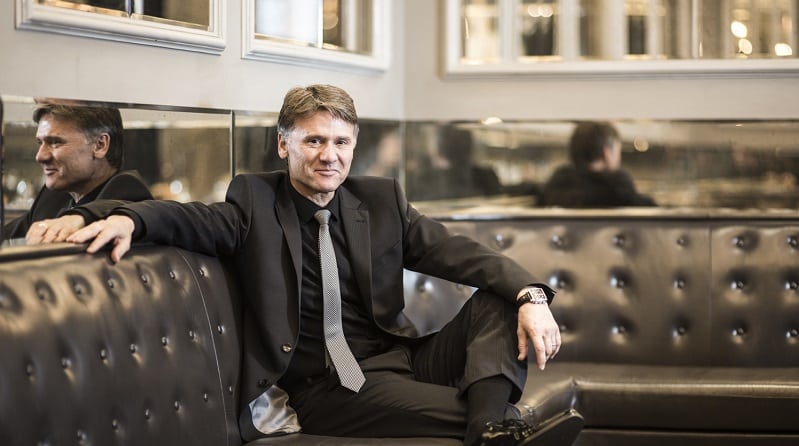With a name that stands for IFA Back Office Support Services, it pleases Metcalfe that in a recent feedback exercise one client described using Iboss as akin to “having an investment team within our own business”.
“We have no firewalls and will speak to whoever,” he says. “The access to us and our constant availability and willingness to get involved with client questions is not something you get with many centralised investment propositions. I would argue it is a culture that is completely different to the industry generally.
“It’s all about interaction. When asked what the important factors are when looking for an investment partner, another comment from recent feedback said they wanted access to every member of the team, including key decision makers. We give them that.”
Passive approach
Not content with just managing the PMS, in February last year Iboss set up a new regulated business, Iboss Asset Management, and launched four risk-rated Oeic funds, which to date have attracted £160m AUM. Much of this growth has come since the turn of the year, which could be attributed to the group’s decision to cut the ongoing charge figure (OCF) in January this year.
Iboss cited client demand and an increased regulatory focus on cost for the cuts, which saw each of the four funds adopt more of a passive approach, going from 95/5% active passive split to a 75/25% split.
“Our aim for the Oeics was to have £100m at the end of 2017, so we are ahead of expectations,” says Metcalfe.
“Cutting the OCFs has had an effect on flows but it is difficult to say how much. We believe a renewed focus on fees will occur when markets stop rising at such a consistent rate and with very low volatility, and as clients question value for money across the whole value chain. We have positioned our proposition in anticipation of this pressure down the line on charges.”
Metcalfe believes another draw of the Oeics is that they are more defensively positioned than the model portfolios, with higher weightings to cash.
“Advisers have become increasingly worried about the elevated levels of markets across all asset classes, so the defensive nature of the Oeics, in which we can move the allocation faster than the models is appealing,” he says.
In terms of overall crossover between the PMS and the Oeics, Metcalfe says it is about 75% of underlying funds, with the biggest difference between the two platforms being the allocation to cash. The Oeics also contain more passive funds, in particular in short-duration bond funds, where Metcalfe says, it is generally harder for active managers to outperform net of fees.
“We currently have a 10% allocation to money market funds in our medium-risk mandate, which is the highest for some time. According to recent speculation, some of our peers are reducing their cash levels but we will not be reducing this unless the equity or bond markets fall or the economic position improves beyond all recognition.”
Yet despite describing himself as defensive, and the recent addition of the Old Mutual Gold & Silver Fund to diversify further from bonds and equities, the models in 2017 have had their strongest year performance-wise since launch, thanks to Metcalfe’s overweight positions in Asia and global emerging markets.
He says: “We have no explicit holdings in the US and see no reason to change this. America still looks very poor value and has been the poorest-performing developed market this year. The reason we have outperformed is that even though we are overweight in cash, we have got the asset allocation right.
“Being overweight in GEM and Asia has been important and we see no reason to change it. With the demographics and the growth trajectory, all the positives remain in place.
“One of the factors that used to hold these areas back was political instability, but we would contend that if you are looking for political instability, you should look no further than the US.”
Article continues on the next page…







